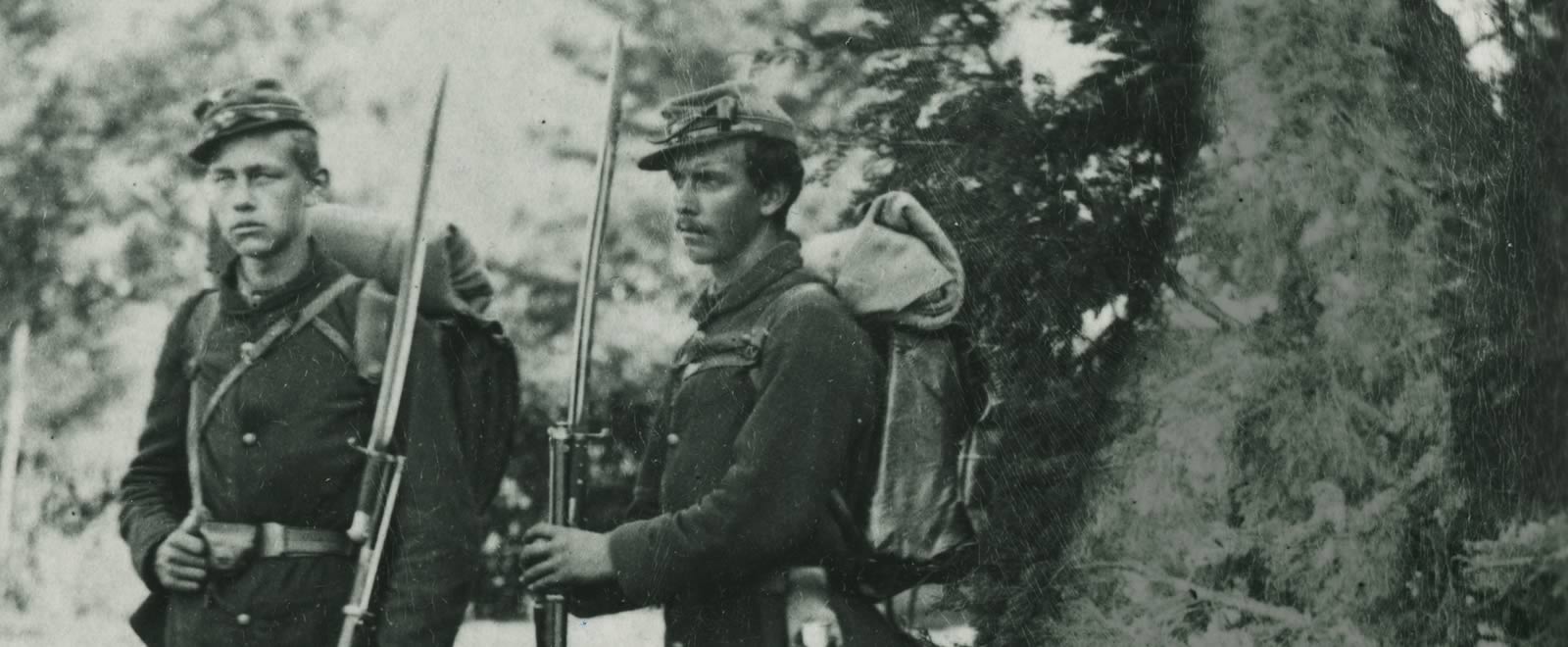Reflections on David Potter’s The Impending Crisis, part 4
The following is part four in our ongoing roundtable on David Potter’s The Impending Crisis. For part one, by Frank Towers, go here. For part two, by Keri Leigh Merritt, go here. For part three, by Lauren N. Haumesser, go here.
Potter’s Unbalanced Intellectual History in The Impending Crisis
By Rebecca Brenner, a Ph.D. student at American University and current S-USIH Secretary.
In The Impending Crisis, 1848-1861, historian David M. Potter synthesizes key events leading to the American Civil War. [1] A central takeaway is the importance of considering how antebellum Americans viewed each step as it unfolded, apart from the war and without hindsight. Potter delves into antebellum political philosophies to explain events, devoting a significant portion of his narrative to politicians’ reasoning. Alas, Potter offers a level of patience to the pro-slavery ideologies that he does not award to the anti-slavery movement, and as a result, his unbalanced intellectual history deflects attention from the institution of slavery as the primary catalyst for the war.
Following Nat Turner’s slave rebellion in 1831, Potter explains an “intellectual blockade” among southern slaveholders. The perceived threat of enslaved people rising against their captors created a climate of paranoia, hindering critical examinations of slavery. Also in the 1830s, Potter refers to the abolitionists as everything from “abusive” to “humanitarian.” [2] To be fair, he only describes them as “abusive” from the Southerners’ perspective. For Potter, the abolitionists were “humanitarians” and “moralists.” [3] But nowhere in his synthesis does Potter take seriously the thoughts and ideas of the enslaved men and women or the abolitionists. Potter describes Frederick Douglass as “talented,” aligning with how northerners too often viewed the African American scholar as an exception to the perceived natural ignorance of his race. [4] While Douglass was formerly enslaved, his past should not overshadow his intellect and status as a political thinker.
Potter’s account of Abraham Lincoln and Stephen Douglas’s 1858 contest for the US Senate marks a key point in the narrative because the new Republican Party was eager to see if preeminent northern Democrat Stephen Douglas could lose. Potter states that Lincoln and Douglas “came closer than any two public men of their generation to confronting the need for a consideration of the slavery anomaly in its relation to American democratic thought.” [5] In contrast to the general public who grouped North and South into cultural stereotypes, Lincoln and Douglas each articulated political philosophies. [6] Douglas invoked Christian doctrine to advocate treating African Americans as people, not property. At the same time, Douglas was an unapologetic white supremacist who wanted to continue disenfranchising former slaves. According to Potter, popular sovereignty fit Douglas’s ideology well because Douglas hoped that the majority of voting people would abolish slavery, without disrupting the union that he prioritized over the rights of enslaved men and women. [7]
Lincoln, in contrast, argued that freeing all slaves was constitutionally and morally required. He cited the Framers’ plan to end the slave trade as evidence of their inclination toward eventual abolition. Potter writes: “Lincoln hated slavery because he regarded Negroes as humans and because he believed, philosophically at least, in the equality of all men.” [8] This claim about Lincoln’s ideology is a product of 1970s language at best and an oversimplification of Lincoln’s racial ideology at worst. While feelings are important, feelings alone cannot motivate change. While he hated slavery, Lincoln seriously considered deporting African Americans to a colony in Africa. Potter misses this opportunity to unpack the complex racial ideologies of Lincoln and Douglas, whom he claims, “came closer than any two public men of their generation” to relating the “slavery anomaly” to “American democratic thought.” [9]
As the narrative approaches 1860, Potter attempts to understand secessionism by measuring the secessionists’ national loyalty against sectional loyalty. He contends that an individual can remain simultaneously loyal to multiple political entities, such as a country and a region. Many secessionists retained their patriotism for the union while seceding. Potter attributes the triumph of their sectional loyalty, however, to their shared dependency on an inhumane, insecure institution. [10] He explains: “The enslaved will tend to resist their servitude and that the slave-owners must devise effective, practical means of control.” [11] Yet, Potter’s intellectual comparison between nationalism and sectional loyalty distracts from the more fundamental issues of racism and slavery. Historian Manisha Sinha’s 2000 The Counterrevolution of Slavery improves upon The Impending Crisis by tracing the racist roots of secessionist philosophy in South Carolina. [12]
While his forays into intellectual history are vital to understand the course of events preceding the Civil War, Potter should have divided attention more evenly between the abolitionists and secessionists. He refers to northern leaders as “preaching” and to southern leaders as “arguing.” [13] A good intellectual history would take seriously the abolitionists’ arguments, too. Consequently, Potter falls into the trap of Civil War rhetoric, insinuating that the conflict was over secession. But at its core, ideologically and philosophically, the American Civil War was about slavery. The Impending Crisis underemphasizes slavery because neither abolitionists nor enslaved men and women receive the patient analysis that Potter devotes to the secessionists.
[1] David M. Potter, The Impending Crisis, 1848-1861 (New York: Harper & Row Publishers, 1976).
[2] Potter, 39
[3] Potter, 40
[4] Potter, 40; Ibram Kendi, Stamped from the Beginning: The Definitive History of Racist Ideas in America (New York: Nation Books, 2016) 82.
[5] Potter, 340
[6] Potter, 43
[7] Potter, 341
[8] Potter, 342
[9] Potter, 340
[10] Potter, 450
[11] Potter, 452
[12] Manisha Sinha, The Counterrevolution of Slavery (The University of North Carolina Press, 2000).
[13] Potter, 60

No comments:
Post a Comment